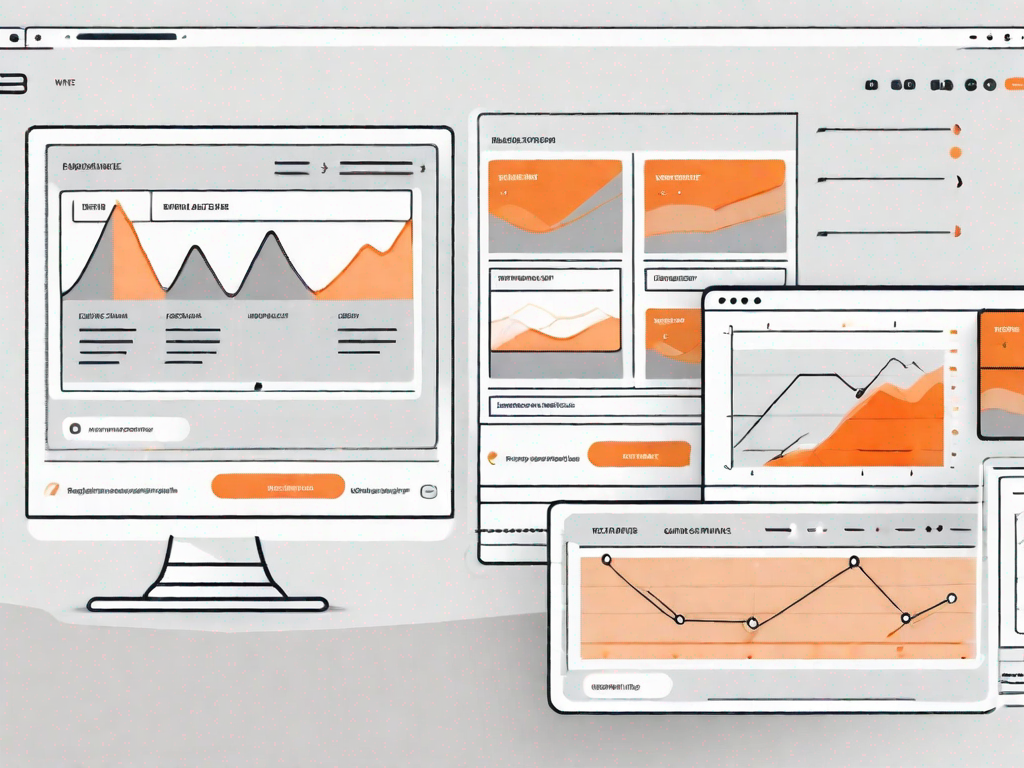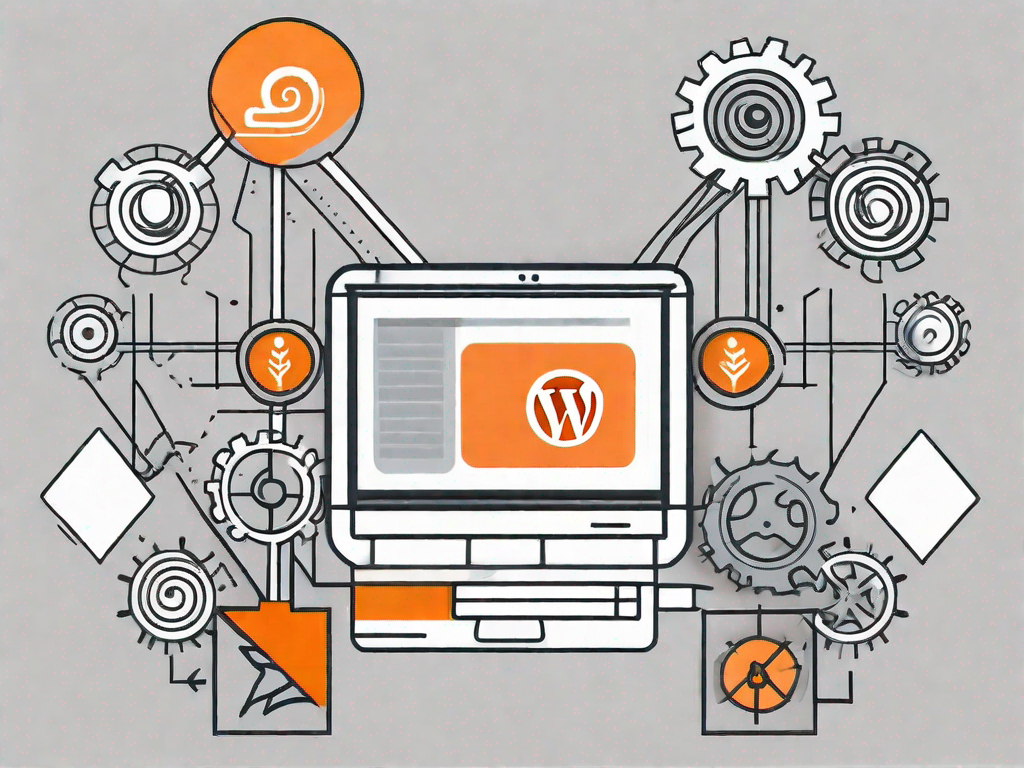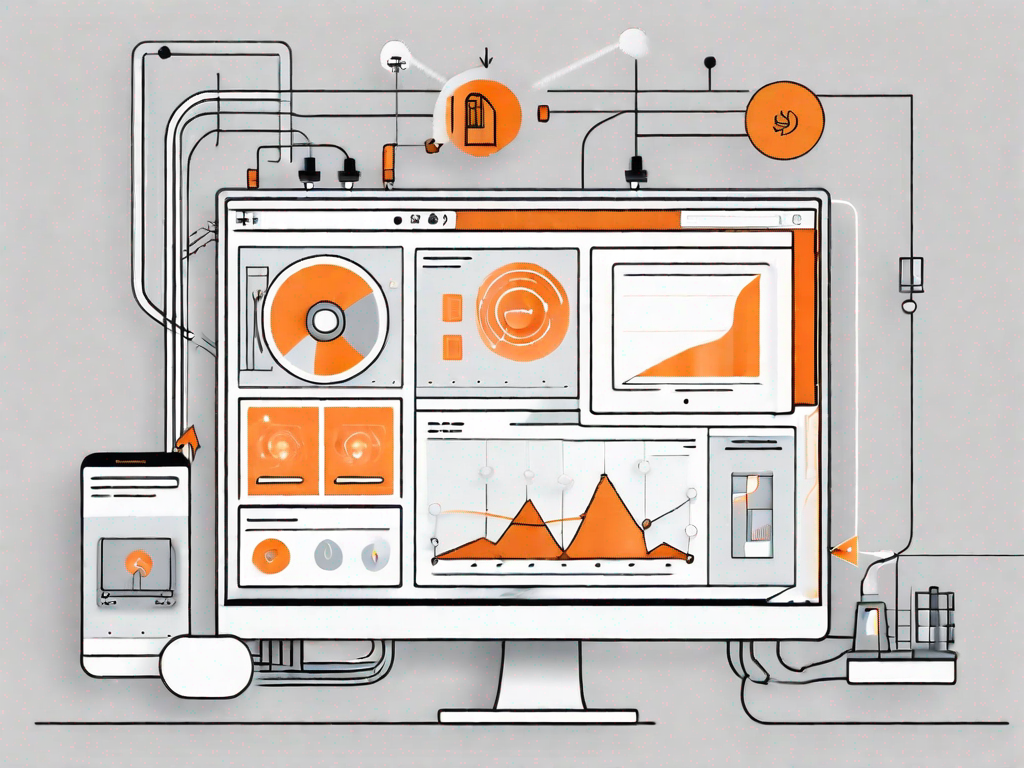.svg)
How To Use Data To Predict Customer Behaviour
.svg)

In today's fast-paced digital world, understanding customer behaviour is more crucial than ever for businesses aiming to stay competitive. Predicting customer behaviour allows companies to tailor their marketing strategies, enhance customer satisfaction, and ultimately drive sales. With the vast amount of data available, businesses have an unprecedented opportunity to delve into the intricacies of consumer patterns. But how exactly can data be harnessed to predict customer behaviour? Let's explore the methodologies, tools, and strategies that can be employed to achieve this.
Understanding the Importance of Predicting Customer Behaviour
Enhancing Customer Experience
Predicting customer behaviour is pivotal in enhancing the overall customer experience. By understanding what customers want and need, businesses can personalise their offerings, ensuring a more tailored and satisfying experience. This personalisation can manifest in various forms, from customised product recommendations to targeted marketing campaigns that resonate with individual preferences.
Improving Marketing Strategies
Data-driven insights into customer behaviour enable businesses to refine their marketing strategies. By analysing patterns and trends, companies can identify which marketing efforts are most effective and allocate resources accordingly. This not only optimises marketing spend but also increases the likelihood of reaching the right audience with the right message at the right time.
Boosting Sales and Revenue
Ultimately, predicting customer behaviour can lead to increased sales and revenue. By anticipating customer needs and preferences, businesses can proactively offer products and services that align with consumer desires. This proactive approach not only boosts sales but also fosters customer loyalty, as consumers are more likely to return to a brand that consistently meets their expectations.
Key Data Sources for Predicting Customer Behaviour
Transactional Data
Transactional data provides a wealth of information about customer purchasing habits. By analysing past purchases, businesses can identify patterns and trends that indicate future buying behaviour. This data can include information such as purchase frequency, average order value, and preferred payment methods, all of which can be leveraged to predict future actions.
Customer Feedback and Reviews
Customer feedback and reviews offer valuable insights into consumer sentiment and satisfaction. Analysing this qualitative data can help businesses understand what customers like or dislike about their products or services. This information can be used to predict potential churn or identify opportunities for product improvement and innovation.
Social Media and Online Behaviour
Social media platforms and online behaviour tracking provide a window into customer interests and preferences. By monitoring social media interactions, businesses can gauge consumer sentiment and identify emerging trends. Additionally, analysing online behaviour, such as website visits and click-through rates, can offer insights into customer interests and potential purchase intent.
Techniques for Analysing Customer Data
Data Mining
Data mining involves exploring large datasets to uncover patterns and relationships. This technique is particularly useful for identifying hidden trends and correlations that may not be immediately apparent. By employing data mining techniques, businesses can gain deeper insights into customer behaviour and make more informed predictions.
Machine Learning Algorithms
Machine learning algorithms are powerful tools for predicting customer behaviour. These algorithms can analyse vast amounts of data and identify patterns that humans might overlook. By training machine learning models on historical data, businesses can predict future customer actions with a high degree of accuracy, enabling more effective decision-making.
Predictive Analytics
Predictive analytics leverages statistical techniques and machine learning to forecast future outcomes based on historical data. By applying predictive analytics, businesses can anticipate customer needs and behaviours, allowing for proactive adjustments to marketing strategies and product offerings. This forward-thinking approach can significantly enhance customer satisfaction and business performance.
Implementing a Data-Driven Strategy
Setting Clear Objectives
Before diving into data analysis, it's essential to establish clear objectives. What specific customer behaviours are you aiming to predict? Whether it's increasing customer retention, improving conversion rates, or enhancing customer satisfaction, having well-defined goals will guide your data analysis efforts and ensure that your strategy aligns with business objectives.
Choosing the Right Tools and Technologies
With a plethora of data analysis tools and technologies available, selecting the right ones is crucial for success. Consider factors such as ease of use, scalability, and integration capabilities when choosing tools for data collection and analysis. Popular options include customer relationship management (CRM) systems, data analytics platforms, and machine learning frameworks.
Building a Skilled Team
Implementing a data-driven strategy requires a skilled team capable of interpreting data and deriving actionable insights. This team should consist of data analysts, data scientists, and marketing professionals who can collaborate to translate data findings into effective business strategies. Investing in training and development can also help ensure that your team stays up-to-date with the latest data analysis techniques and technologies.
Challenges and Considerations
Data Privacy and Security
As businesses collect and analyse customer data, ensuring data privacy and security is paramount. Compliance with data protection regulations, such as the General Data Protection Regulation (GDPR), is essential to protect customer information and maintain trust. Implementing robust security measures and transparent data policies can help mitigate privacy concerns.
Data Quality and Accuracy
The accuracy and quality of data are critical for reliable predictions. Inaccurate or incomplete data can lead to misguided insights and ineffective strategies. Regularly auditing data sources and implementing data cleansing processes can help maintain data integrity and ensure that predictions are based on reliable information.
Interpreting Data Insights
Interpreting data insights requires a nuanced understanding of both the data and the business context. Misinterpretation of data can lead to incorrect conclusions and poor decision-making. It's essential to approach data analysis with a critical eye and consider multiple perspectives to ensure that insights are accurate and actionable.
Future Trends in Predicting Customer Behaviour
Artificial Intelligence and Automation
Artificial intelligence (AI) and automation are set to revolutionise the way businesses predict customer behaviour. AI-powered tools can process and analyse data at an unprecedented scale, providing real-time insights and automating decision-making processes. As AI technology continues to evolve, its applications in predicting customer behaviour will become increasingly sophisticated and widespread.
Integration of IoT and Big Data
The integration of the Internet of Things (IoT) and big data analytics presents new opportunities for predicting customer behaviour. IoT devices generate vast amounts of data that can be analysed to gain insights into consumer habits and preferences. By combining IoT data with traditional data sources, businesses can develop a more comprehensive understanding of customer behaviour and enhance predictive accuracy.
Personalisation and Customer-Centric Approaches
As consumers increasingly demand personalised experiences, businesses will need to adopt more customer-centric approaches to prediction. Leveraging data to create highly personalised interactions will be key to meeting customer expectations and maintaining competitive advantage. This shift towards personalisation will require businesses to continuously refine their data analysis techniques and strategies.
In conclusion, using data to predict customer behaviour is a powerful strategy that can drive business success. By understanding the importance of prediction, leveraging key data sources, employing effective analysis techniques, and addressing challenges, businesses can harness the power of data to anticipate customer needs and stay ahead of the competition. As technology continues to advance, the potential for data-driven predictions will only grow, offering exciting opportunities for businesses to innovate and thrive.
Related Posts
Let's
Let’s discuss how we can bring reinvigorated value and purpose to your brand.







.svg)